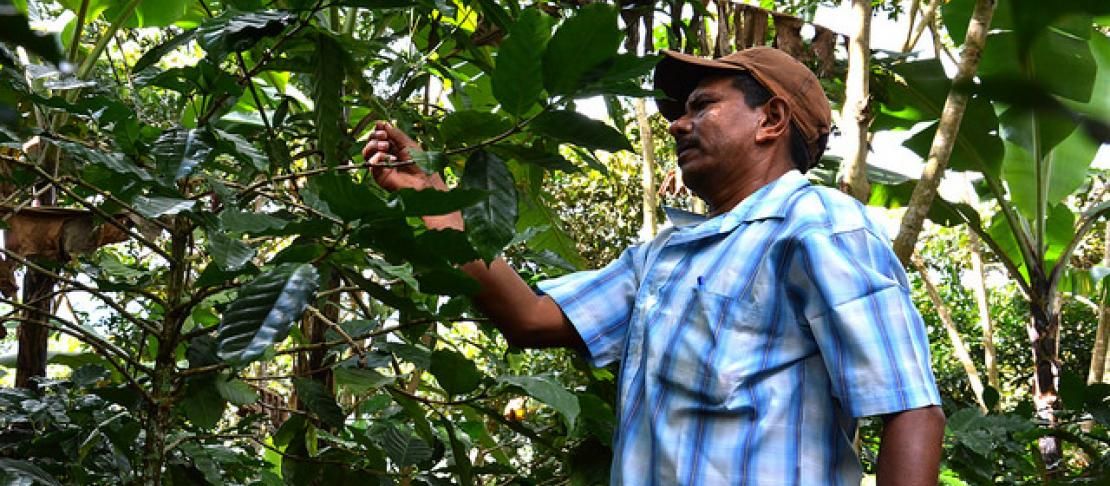Vulnerability assessment for successful climate change adaptation in Central America

New paper contributes to the identification of adaptation priorities of smallholder agricultural livelihoods in Central America.
Central American countries are among the world's most vulnerable countries to extreme weather events, with agriculture being one of the region's most vulnerable sectors to climate variability.
In his recent post on the CIAT blog, Neil Palmer presents a new study about how climate change will affect agriculture in Central America. He writes:
The findings add to the mounting evidence that rising temperatures and longer, more intense dry seasons will severely affect agriculture in one of Latin America’s poorest regions unless measures are taken to prepare and adapt.
Authors of the researched looked at four countries (Guatemala, El Salvador, Honduras and Nicaragua) and studied crops such as coffee, maize, beans, upland rice, sorghum platain and cassava.
They found that the effects will vary widely, requiring nuanced responses from policymakers.
But on average, the results showed that bean, coffee – the region’s most valuable export crop – and banana will suffer the greatest decreases in suitability. The most severe changes are expected in municipalities in the Dry Corridor, a drought-prone area spanning the four countries, and home to approximately 10 million people.
Meanwhile maize, cassava, upland rice and sorghum are expected to respond positively to climate change in all the countries studied. But the authors warn that while some areas may become more suitable for these crops, some are protected areas such as forests or important water recharge areas.
Read the original post on the CIAT blog by Neil Palmer: New vulnerability assessment shows how climate change could redraw the agricultural map of Central America
Download the study: Bouroncle, C., Imbach, P., Rodríguez-Sánchez, B. et al. (2016) Mapping climate change adaptive capacity and vulnerability of smallholder agricultural livelihoods in Central America: ranking and descriptive approaches to support adaptation strategies
Lili Szilagyi is Communications Student Assistant at the CCAFS Coordinating Unit.



